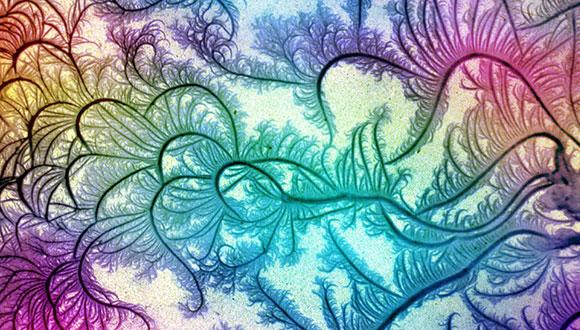Condensed Matter Seminar: Neural computations in the presence of synaptic heterogeneities
Ran Darshan, Janelia Research Campus
Zoom: https://tau-ac-il.zoom.us/j/87426359968
Abstract:
How does the brain represent and store external stimuli? In this talk I will address this question for the case of continuous sets of stimuli, such as heading direction. The current view of how the brain stores and represents continuous stimuli relies on the framework of continuous attractor neural networks, where the attractors of the network dynamics can be parameterized by the stimuli. Prevalent theories assume that the network connectivity has a symmetry property (e.g. rotational symmetry) and that a continuous attractor emerges from the network dynamics because of this symmetry. However, these theories are incompatible with the heterogeneous connectivity and neuronal representations observed in experiments. I will present a new theory in which continuous attractors arise in trained recurrent neural networks, instead of relying on symmetries in the connectivity. In such heterogeneous trained networks, a continuous attractor can cope with the diversity of single neuron responses, imperfections in the geometry of the attractor and a high level of heterogeneity in the network connectivity. The theory predicts how asymmetries in the neural representation and heterogeneity in the connectivity affect the formation of the attractors via training and shape the network response to the stimulus.
In the second part of the talk I will describe a mechanism for distributing activity in neural circuits. Upon learning of a new task, the activity of many neurons in the brain develop task-related activity, resulting in neural computations that are highly distributed across the brain. I will show that this spread of task-related activity is a natural outcome of learning in strongly coupled and heterogenous neural networks. Mean field analysis demonstrates the robustness of the mechanism and data-driven modeling and analysis of reversible perturbation experiments in behaving animals show its applicability for distributing neural activity in the cortex.
Event Organizer: Dr. Yohai Bar Sinai


